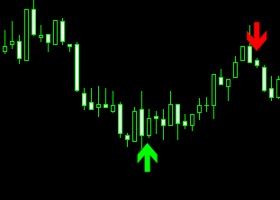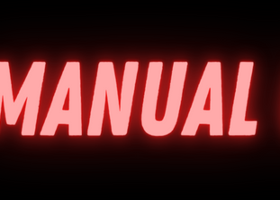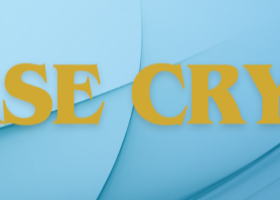
Euro Not Too Hot Or Cold Pre-ECB; FX Remarks Eyed - Analysis
Heading into Thursday's European Central Bank decision, the euro holds around $1.1300, at levels deemed not "too hot" or "too cold," but in the middle of the April range.
No change in ECB monetary policy is expected, with the central bank likely to wait to see the effects of the beefy easing measures announced in March.
But given that the euro has risen, rather than fallen, in the wake of the March ease, traders debated whether ECB President Mario Draghi might use the opportunity to try to talk the eurozone currency lower.
Copy signals, Trade and Earn $ on Forex4you - https://www.share4you.com/en/?affid=0fd9105
In her ECB State of Play Wednesday, MNI's Johanna Treeck said given the comprehensive policy package announced on March 10 which "included a cut in all of its key rates, a E20 billion monthly boost to asset purchases and new credit easing measures." the ECB is "widely expected" to keep policy steady Thursday.
"Yet with inflation still hovering around zero and the euro trading at about 1.13 against the US dollar, Draghi will seek to have markets believe that the Bank is ready to act if inflation fails to accelerate," she said.
Last week in Washington, Draghi stated, "The Governing Council has done and, within its mandate, will continue to do whatever is needed to pursue its price stability objective," Treeck noted. See the MNI Main Wire at 7:22 a.m. ET for details.
The euro was trading around $1.1310 Wednesday afternoon, on the low side of a $1.1302 to $1.1388 range.
On the day, the pair was under downward pressure, but this was due to rising U.S. Treasury yields and not squaring ahead of Thursday's ECB decision, traders said.
Ten-year U.S. Treasury yields were again holding above the 1.80% mark, and a decisive close above that level, elusive on April 19, April 14 and April 1, non-farm payroll day, would suggest further topside for yields and thus would weigh further on the euro.
The euro stalled earlier ahead of the April 13 highs near $1.1391. A move above $1.1400 would target the 2016 highs near $1.1465, seen April 12, which was the highest level since Oct. 15, when the euro peaked at $1.1495.
A break below this month's lows near $1.1234, seen April 14, would target a return to the $1.1169 low posted March 29. The 55-day moving average, currently at $1.1191, comes in ahead of that and may act as support also.
The market sat on the sidelines Wednesday, waiting to see what ECB President Draghi might have to say about the prospects of additional easing measures going forward and about the level of the euro.
"Recall at the March meeting, the euro was falling as Draghi announced several measures meant to provide additional monetary support," said analysts at Brown Brothers Harriman.
However, in the press conference later Draghi suggested that there was no room to lower eurozone rates further and the euro reversed course and pushed higher.
On March 10, the euro tested lows near $1.0822 in response to the ECB decision, but then spiked to $1.1218 before closing at $1.1177.
Subsequently, BBH noted President Draghi and other ECB members "tried walking back from the claim, but to little avail."
Recent comments by ECB Executive Board Member Yves Mersch, i.e. "noting that the ECB does not have a target for the euro, was politically correct, but not particular helpful for offsetting the tightening of financial conditions represented by the euro's appreciation," the analysts said.
"There is some risk that at the press conference tomorrow following the ECB meeting, Draghi may be more forceful in resisting premature tightening," they said.
BOA Merrill Lynch strategists also did not expect the ECB to announce any new easing action Thursday, with the central bank likely to let the March measures take hold first.
Instead, ECB President Draghi is likely to sound dovish, but there should not be a sustained reaction in rates markets, they said.
"Dovish Fed tones and EUR appreciation do not help the ECB, but action beyond a reiteration of forward guidance seems very unlikely," they said.
"Still, Draghi could provide some insight on a number of aspects, including (1) the US outlook and implications for Fed and ECB policy divergence, (2) shocks that could prompt a reconsideration of deposit rate cuts, (3) tentative quantification of QE effects on growth and inflation and (4) the need for inflation overshooting, which Draghi alluded to in a recent press conference," BOA Merrill said.
With the euro on the defensive currently, any FX commentary from Draghi to talk the euro lower could "reinforce this trend," the strategists said.
"However, more sustained EUR weakness requires a more confident Fed tone, in our view," they said.
BOA Merrill Lynch has a euro-dollar forecast of parity for the end of 2016, in line with their view that the ECB will keep easing at the same time that the Fed will raise rates two more times this year.
Traders maintained that if President Draghi does not mention the euro level at all or downplays recent strength, the pair may easily take out this month's peaks and rally toward $1.1500.


